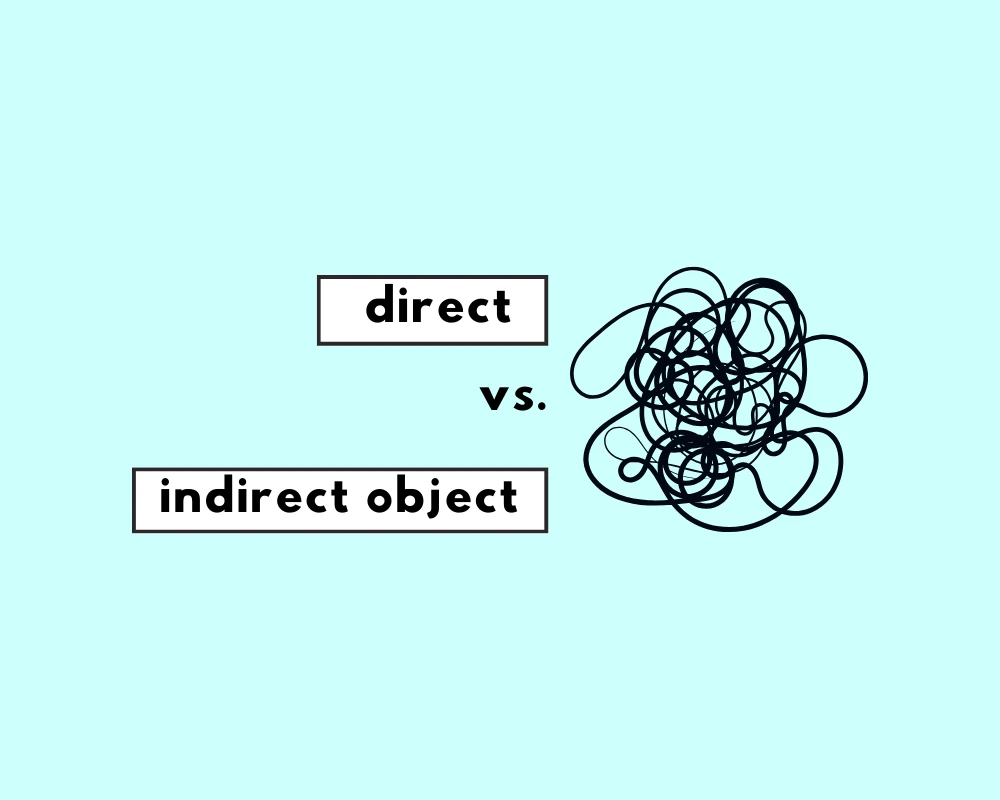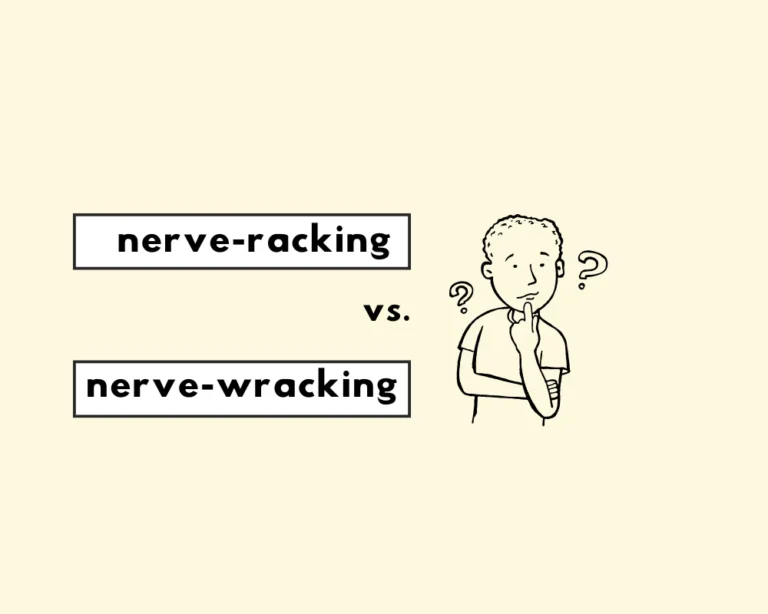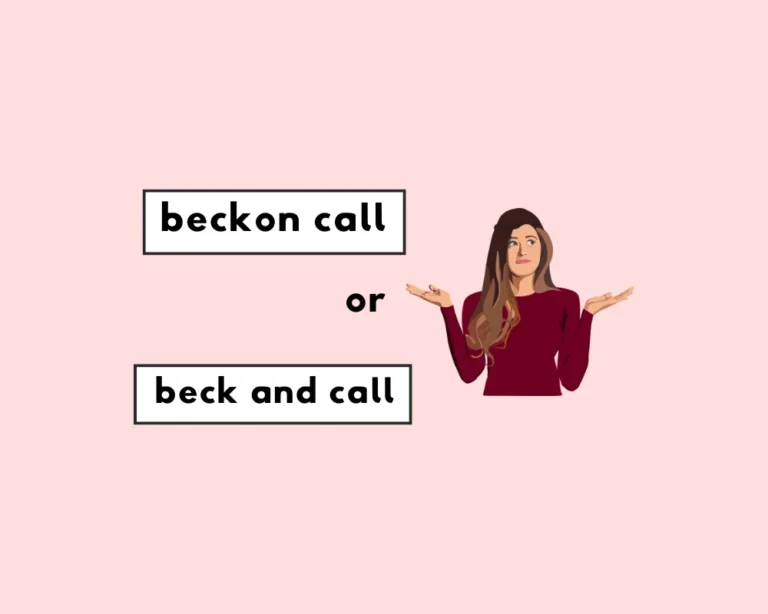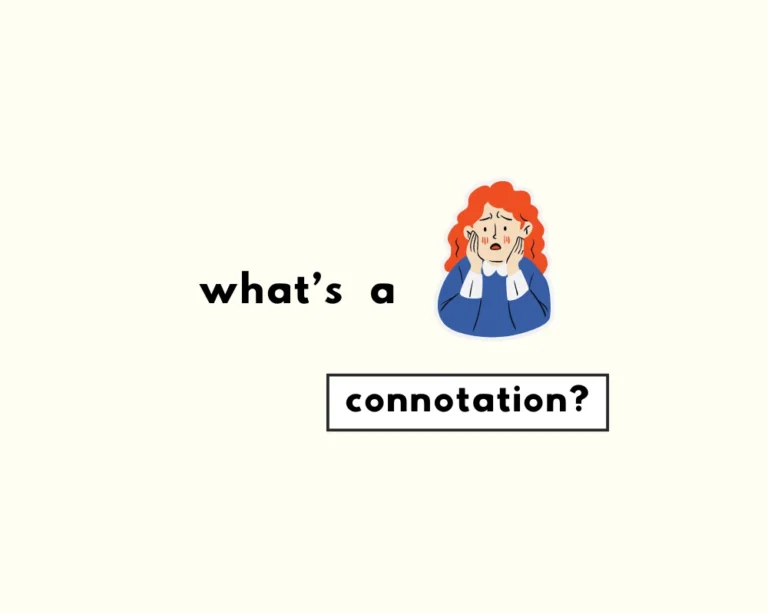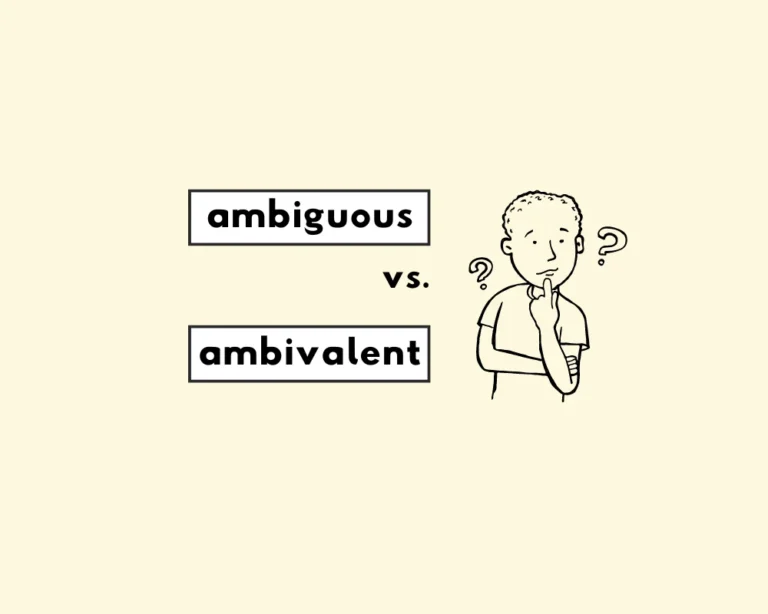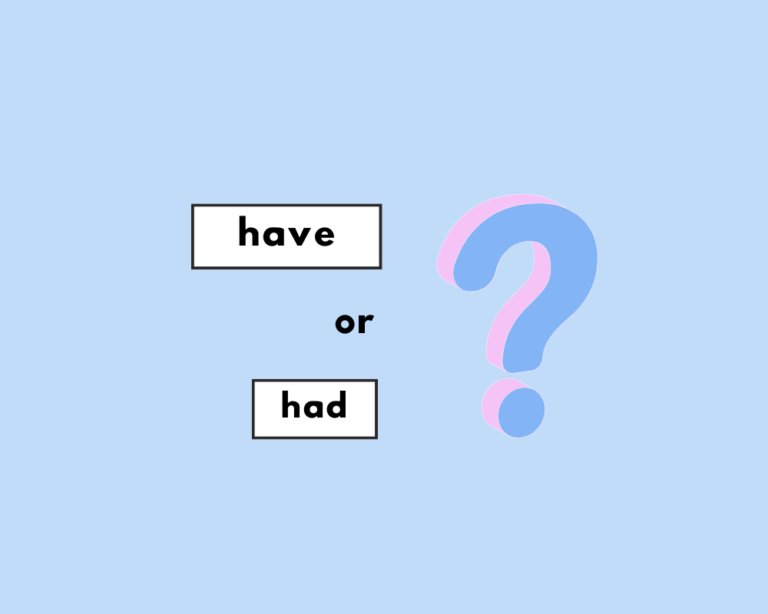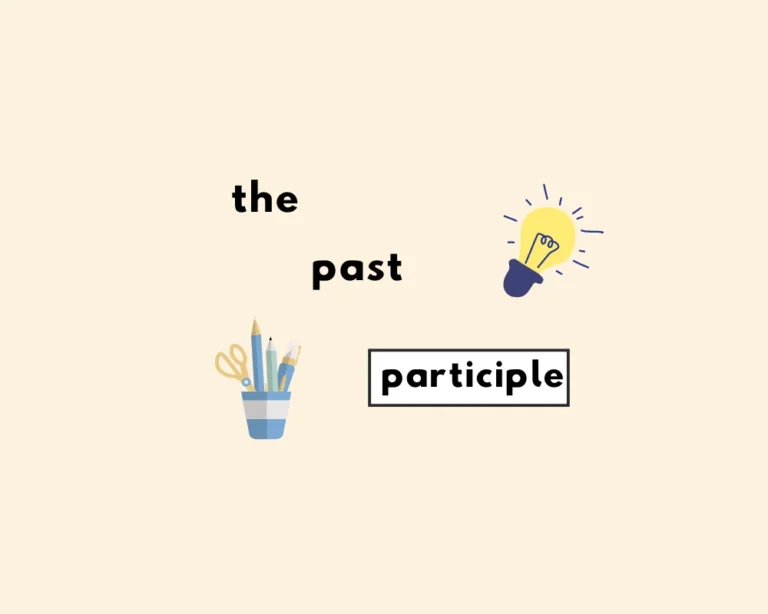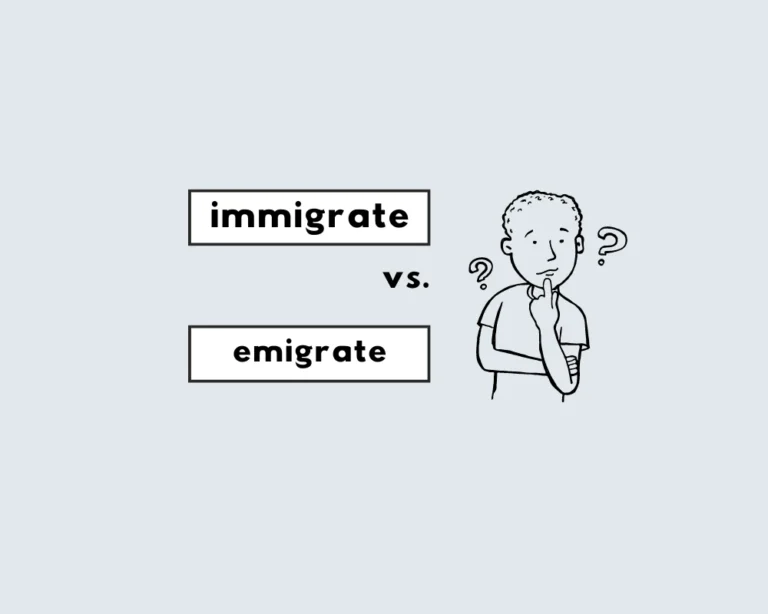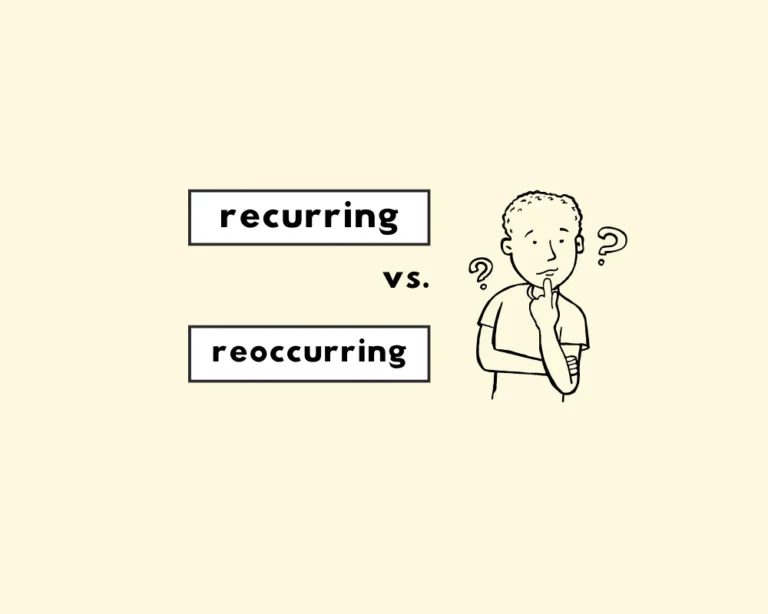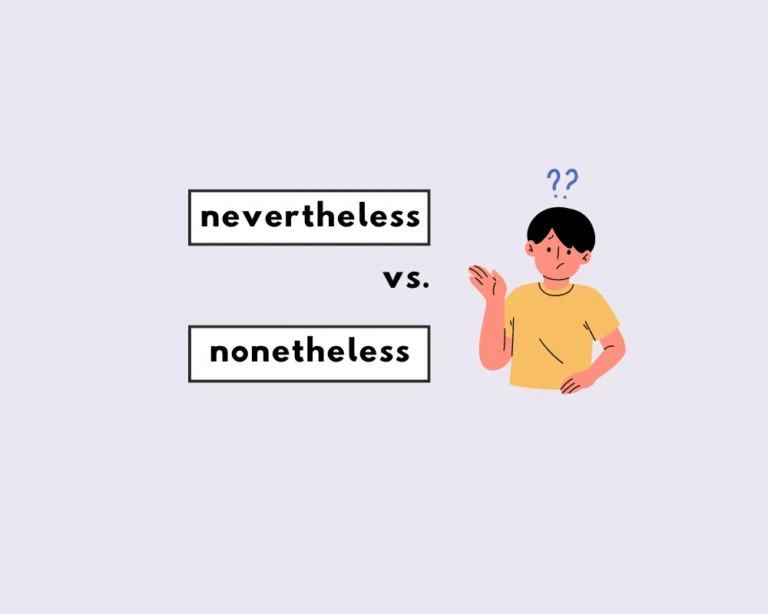“Let them eat cake“, said Marie Antoinette, when she was told that the people had no bread. In the iconic historical phrase, “cake” is the sentence object, but what makes it such?
Contents
Toggle
Direct object (explained, with examples)
What receives the action of a verb in a sentence is its object. For example:
- The boy stood on the burning deck.
- The earth revolves around the sun.
- The early bird catches the worm.
A tip to help you identify the object of a sentence is to ask what receives the action in the sentence. In other words, first find the verb; e.g., “the boy stood on the burning deck”.
Since the action is stood, whatever answers the question (i.e., what receives the sentences’ action), “what is the boy is standing on”, is the sentence object. Because the boy is standing on the ‘burning deck’, this makes the burning deck the sentence object. Similarly, what receives the earth’s revolving (action) is the sun (object), and so forth.
Sentences can sometimes have more than one direct object, also known as a compound direct object. Verbs that can act upon multiple objects in a sentence can take on more than one direct object:
- Mary saw a lion at the zoo.
- Mary saw lions and zebras at the zoo.
Transitive vs. intransitive
Not every single thing we do is towards something or someone else. Certain actions are occur internally, like thinking. Sleeping or lying down (not to be confused with laying down), and laughing can all be actions or states that we do on our own, without anyone or anything being on the receiving end of it.
- She bought a new car.
- The dog chases the cat.
Because of this, we distinguish between verbs that are transitive, i.e., those that “transfer” to someone or something, and therefore use an object, from verbs that are intransitive (and don’t use sentence objects). Because verbs classify as transitive or intransitive, we say that they are used transitively or intransitively.
Intransitive: Shelly yawns.
Transitive: Jackson brought his dog.
Keep in mind, some verbs can be both transitive and intransitive, depending on how it’s being used in the sentence. These are “ambi-transitive” verbs, and include read, break, and understand, etc.
Direct object vs. indirect object
It can be tricky to understand and spot indirect objects in sentences. Additionally, not all sentences that include transitive verbs must use an indirect object.
For sentences that do use indirect objects, we can find them by what answers the question “for what,” “of what,” “to what,” “for whom,” “of whom,” or “to whom” and accompanies a direct object” (Britannica, direct and indirect objects).
In the sentence, “you forgave me my mistake” what directly receives the action is the direct object (‘mistake’). To whom, or what it is that’s being affected by the action being received is the indirect object.
This, understandably, can be confusing and difficult to digest. At a broad level, indirect objects point to or for whom or what the action of the verb is performed, and answers ‘why?’
Worksheet: direct and indirect objects
Find the direct and indirect objects in these practice questions.
| Practice questions: direct/indirect sentence objects | Options: |
| 1. What is a direct object in a sentence? | a. what performs the action b. the action c. to what or for whom the action’s done d. what receives the action |
| 2. What’s an indirect object? | a. what performs the action b. the sentence action c. to what or for whom the action is done d. what directly receives the action |
| 3. Can a sentence have more than one direct object? | a. yes b. no |
| 4. Find the indirect object in the sentence: Sarah lent Jane one dollar for the Diet Coke in the teachers’ lounge. | a. one dollar b. Sarah c. Jane d. Diet Coke |
| 5. Find the direct and indirect objects: She reads her son bedtime stories before bed. | a. bedtime stories, her son b. bed c. reads d. she |
| 6. Find the indirect object in the sentence: I passed the ball to my teammate. | a. the ball b. I c. passed d. my teammate |
Read about other topics
Answers:
- D
- C
- A
- C
- A
- D
Sources
- Britannica on direct and indirect objects.

